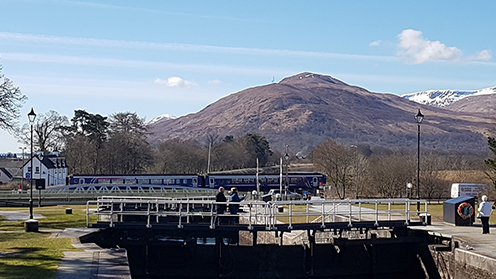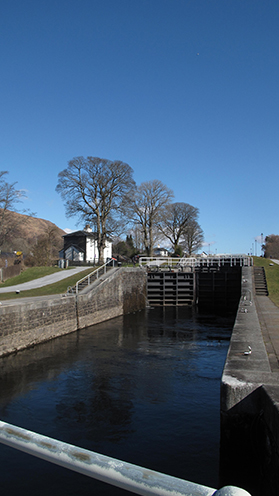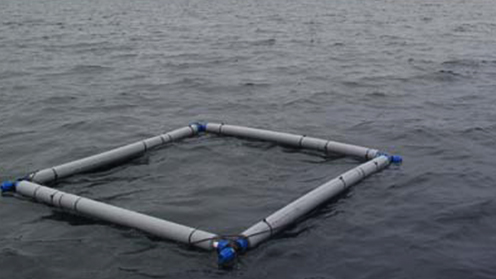Telford - Ardgour Church Convulved
Soundfield SPS200 mapping of acoustic space
Ironbright is a MUSIC COMMISSION, featuring Clarsach, voice and Electronica
Masonic Hall at Old Theatre Royal.
Available exclusively from Watercolour Music.

The iconic Neptune's Staircase at Banavie is the longest staircase lock in Britain and consists of 8 locks and 9 lock gates. It was nicknamed Neptune's Staircase by those who constructed it. It originally had 36 capstans which would be rotated in a strict order to allow the water in or out of the locks. Each capstan had 20 rotations and it would take half a day for a boat to climb or descend the staircase and consequently boats may have to wait for up to day to use the staircase. Many lock keepers were needed to operate this staircase smoothly, swiftly and safely. During the 20th century the staircase was mechanised, cutting down the time and effort in operating the locks.
The Caledonian Canal is one of five canals surviving in Scotland but is unique among them as being the only one entirely funded by public money. The canal was part of a wider infrastructure initiative across the Highlands to facilitate trade and the growth of industry and, most importantly for the Government, to tackle the emigration problem resulting from the Highland Clearances by providing much-needed employment. The experienced engineer Thomas Telford submitted a report in 1802 to Government commissioners which detailed the route and size of the canal.

Built to take sea-going ships, including the 32-gun and 44-gun frigates of the Royal Navy, the Caledonian Canal was designed on a much larger scale than other canals in Britain and the locks were the largest ever constructed at that time. This combined with the remoteness of the location and the variable ground conditions, make it a great feat of engineering and construction.
Telford was appointed principal engineer to the commission with William Jessop as consulting engineer. Although work began in 1804 rising costs and the scale of the project resulted in slow progress and the first complete journey was made on 23-24 October 1822. Whilst the Canal was constructed for commercial use it was never a commercial success. Since its opening it was beset by problems and had to be closed for repairs and improvements in the 1840s. However the canal became popular with passenger steamers with tourism increasing following a visit by Queen Victoria on 16 September 1873
Using a floating array we were able to capture the underwater loch mechanism working as well as a canal boat traffic. We also recorded ambient water leaking from the loch gates. All the sounds were used within the Ironbright Bio Music.
